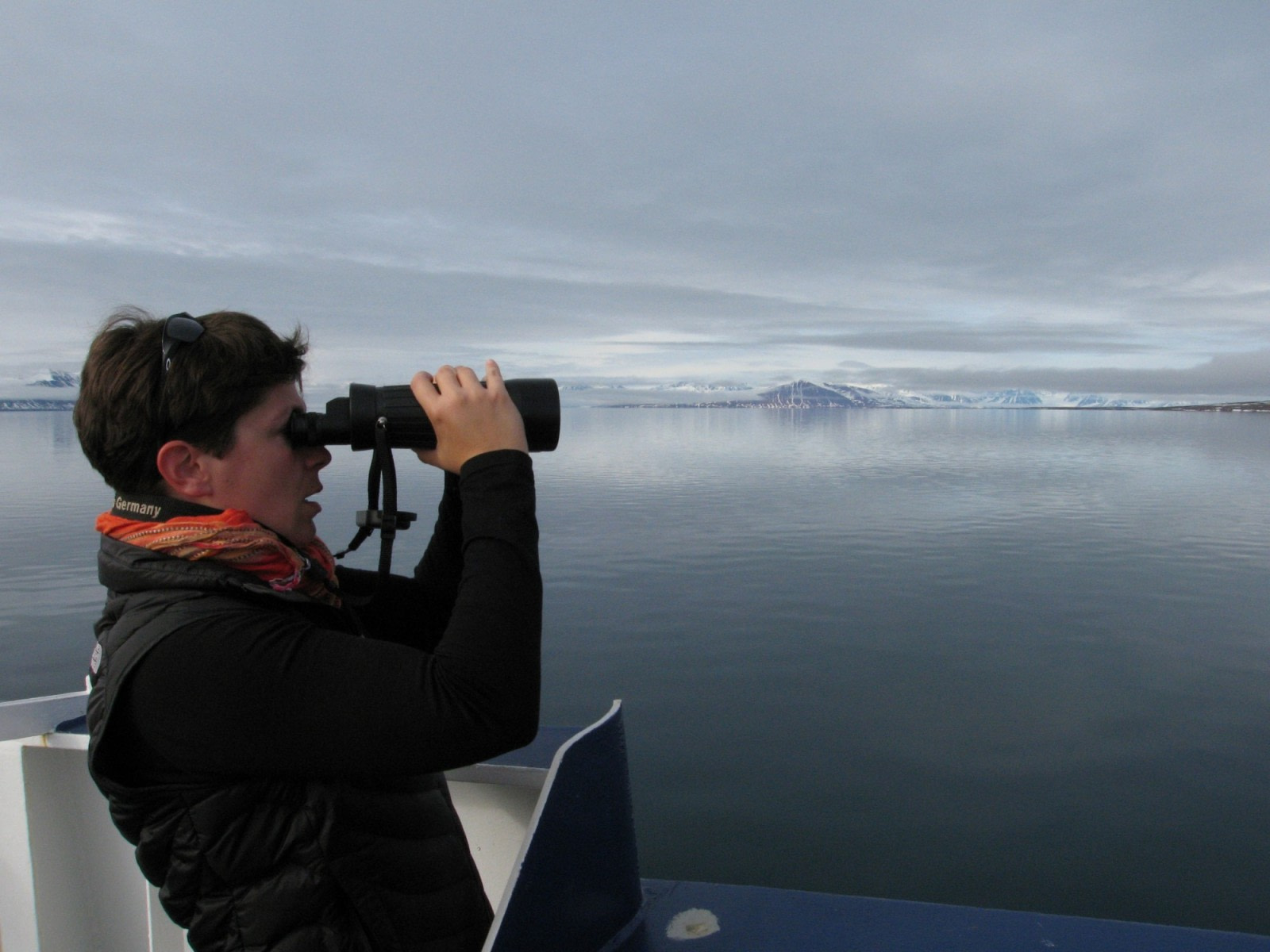Binoculars are a staple for outdoor enthusiasts, often packed with minimal thought alongside essentials like bug spray, sunblock, and waterproof matches. However, for certain groups, binoculars are indispensable, particularly for bird watchers. If you're part of this technical hobbyist community, here are 10 birding binoculars you should know about.
1. Vortex Diamondback 8x28
$175 – 225
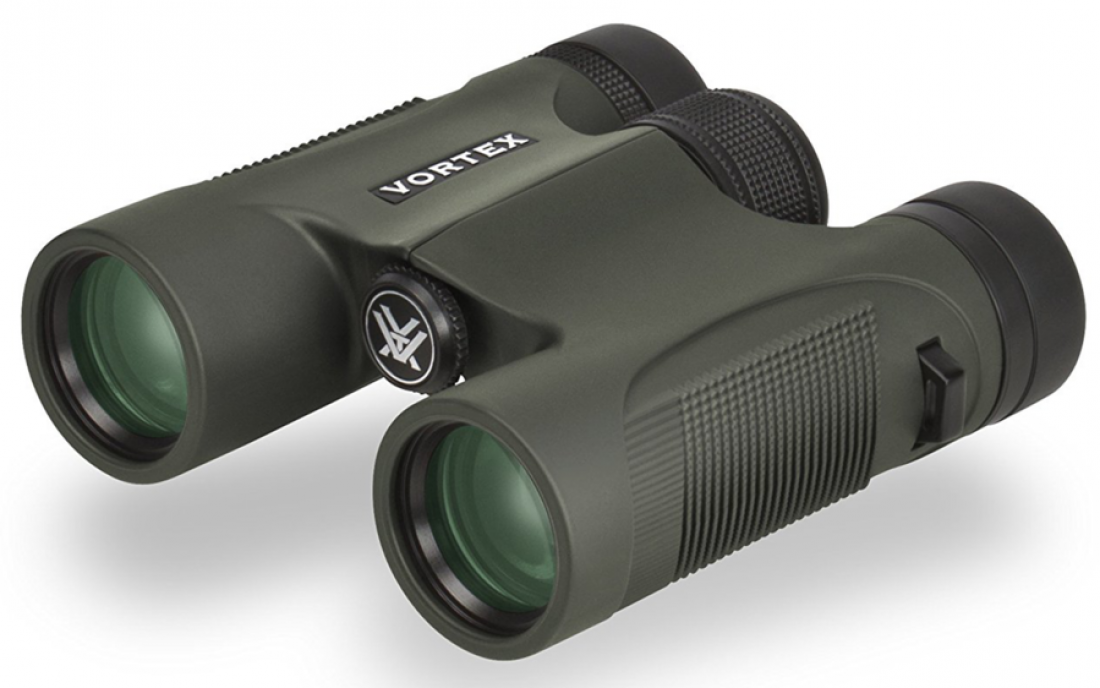
This compact roof prism model is a great bargain for birders seeking a lightweight binocular that fits in any pocket or pack. Argon-filled with multi-coated lenses and phase-correction dielectric coating, the Diamondback is valued for its close focus (2 meters) and macro clarity. It's perfect for both distant albatrosses and nearby little auks.
2. Celestron 71404 TrailSeeker 8x42 Binoculars
$175 – 225
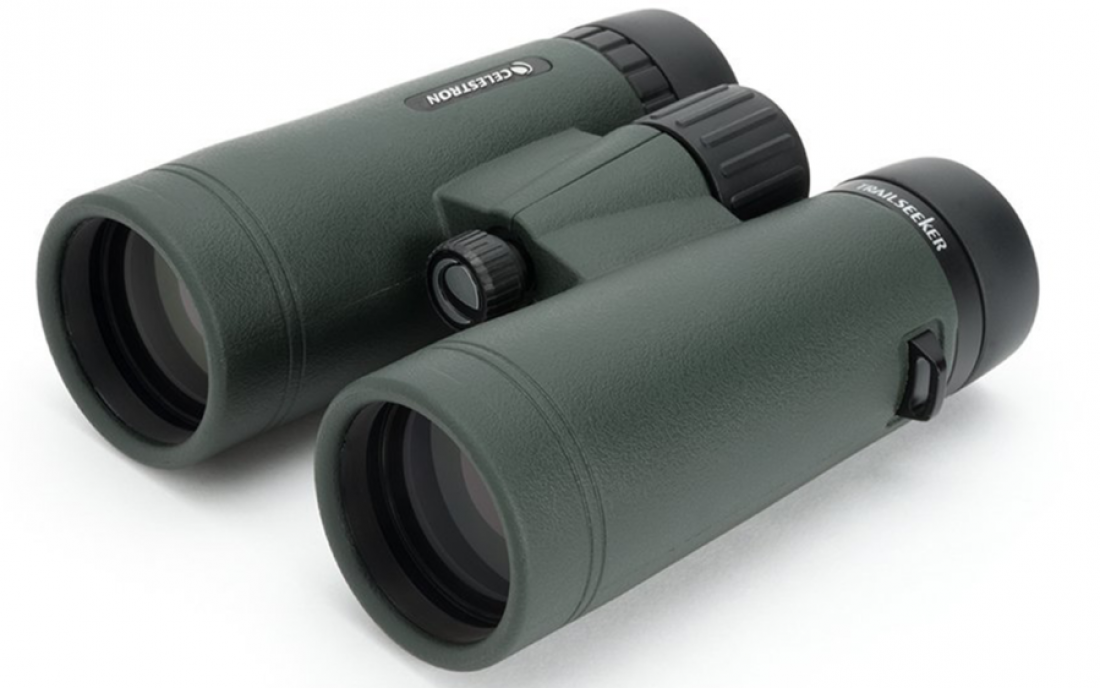
Featuring a wide field of view, BAK-4 prisms with phase and dielectric coatings, two-meter close focus, magnesium alloy body, and fully multi-coated optics, this binocular is lightweight, durable, and sharp at both short and long ranges. Its wide view is excellent for birders, requiring less movement to keep an eye on avian wildlife.
3. Eagle Optics Ranger ED 8x42
$300 – 350
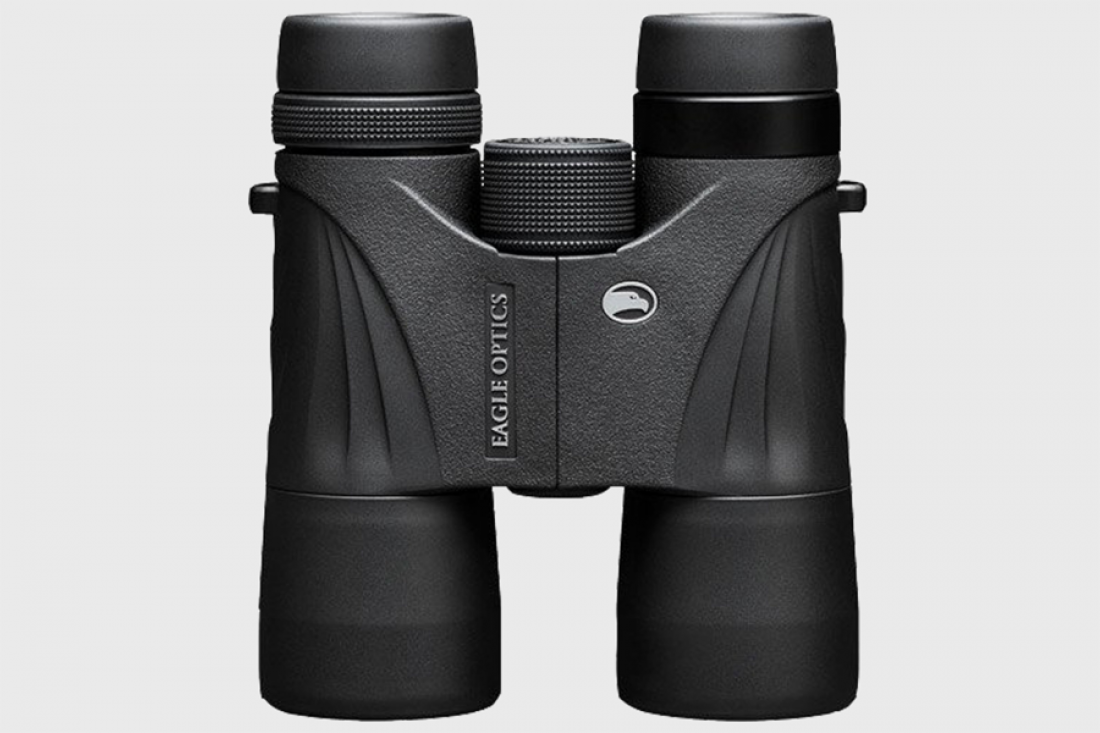
Praised for its rubberized waterproof design and supple focus knob, this model is ideal for tracking birds in various weather conditions. While it may be slightly large for long-distance backpacking, its image quality is top-notch, making it perfect for trips with minimal hiking.
4. Zeiss Terra ED 8x32
$425 – 475
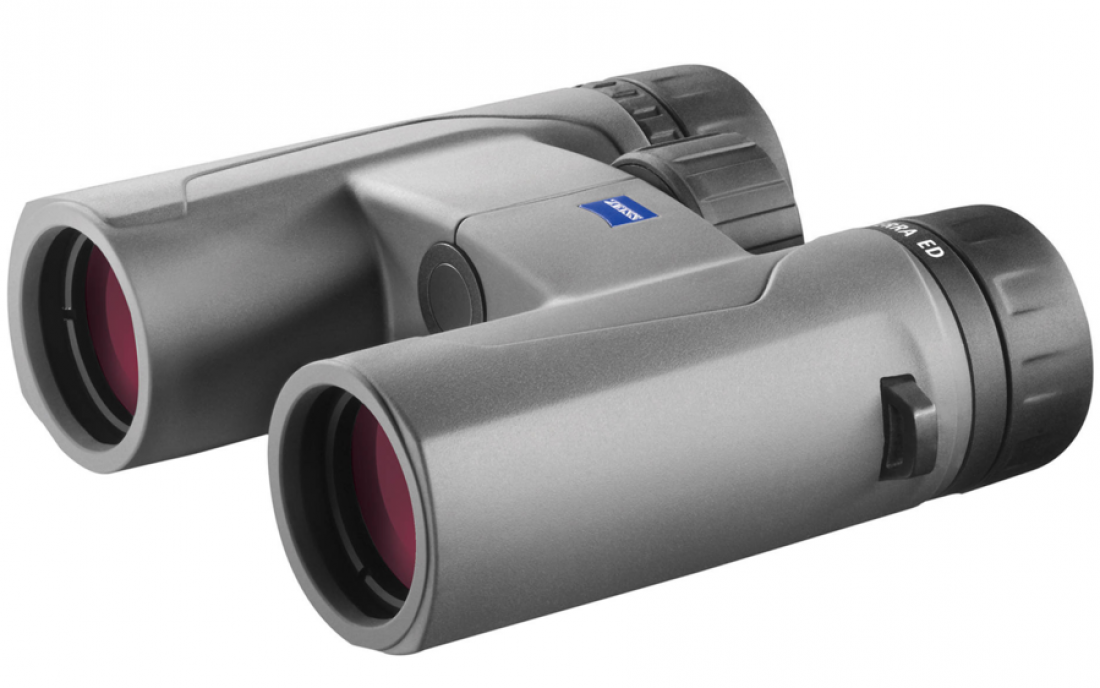
Zeiss, founded in Germany in 1846, is renowned for its optics. The Terra ED is noted for its impressive field of view, making it an ideal companion for nature adventures and birdwatching. It comes with an under-armor harness, plastic storage case, and a velvet bag.
5. Steiner Predator 8x42
$425 – 475
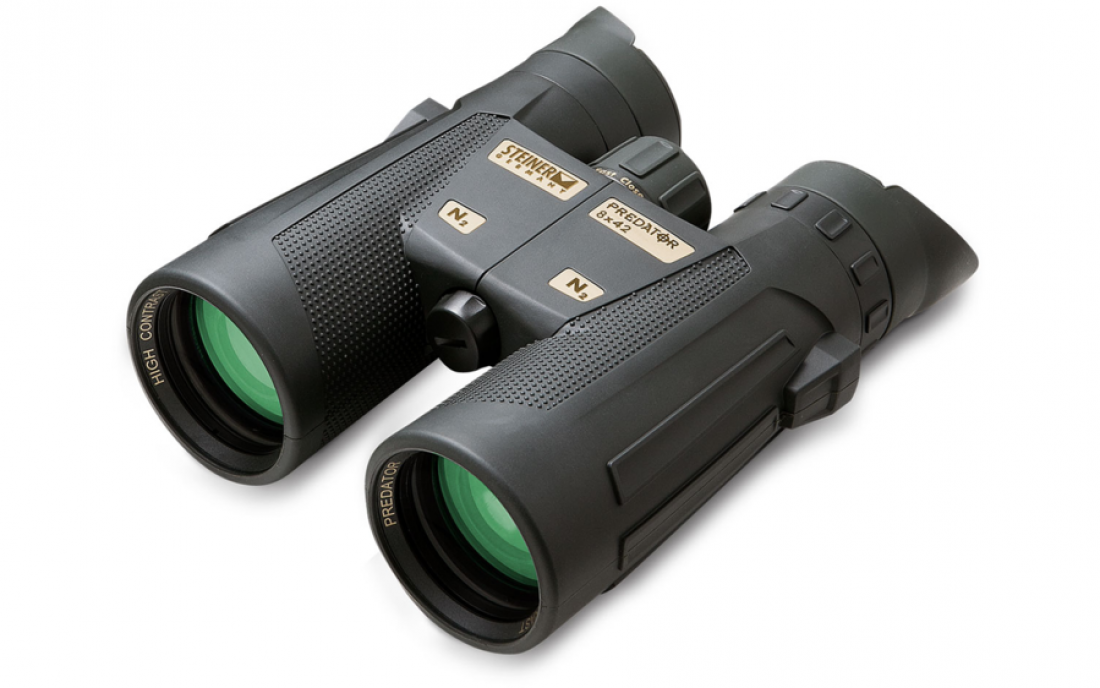
Steiner, another German optics company, field-tests every lens it produces. The Predator Pro offers good mobility, a bright picture, and ease of use. Its color-adjusted transmission coating increases contrast and light transmission, making wildlife easier to see. The magnesium alloy chassis is durable and lightweight.
6. Athlon Cronus 10×42
$475 – 525
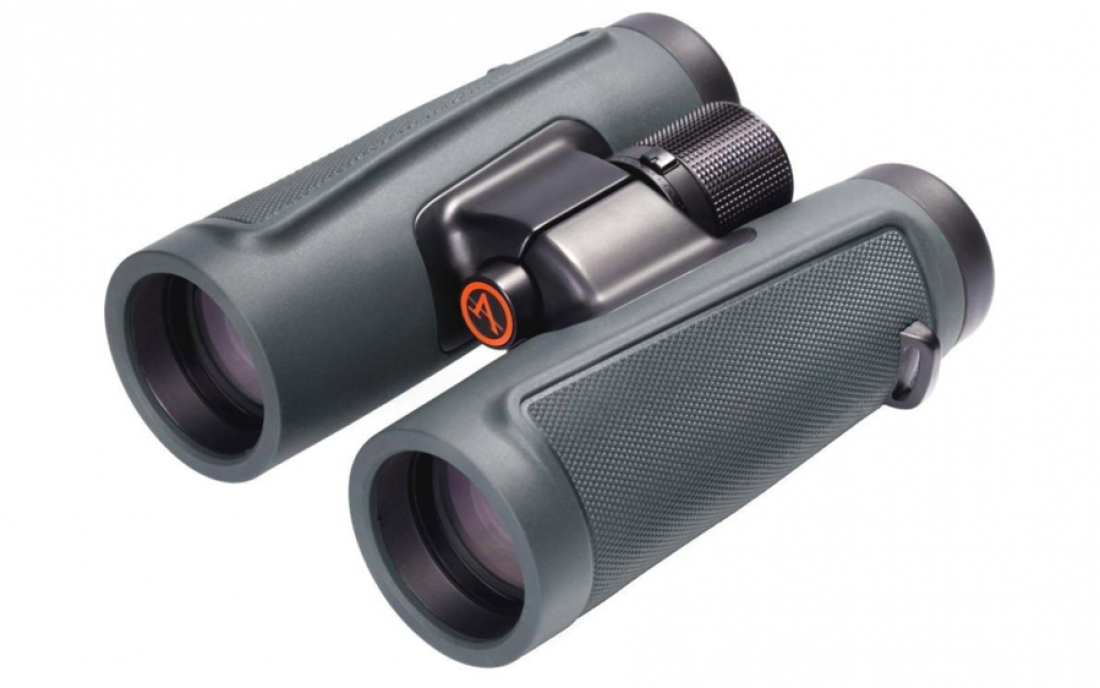
Ideal for birders prioritizing high-quality glass at a reasonable price, the Cronus is Athlon’s flagship model. The ESP dielectric coating ensures excellent light transmission and clarity. Reviewers praise its minimum focus distance (two meters) and detail at ranges around 300 meters. It performs well even at several miles, comparable to more expensive brands like Zeiss and Swarovski.
7. Nikon Monarch 7 ATB 10x42
$475 – 525
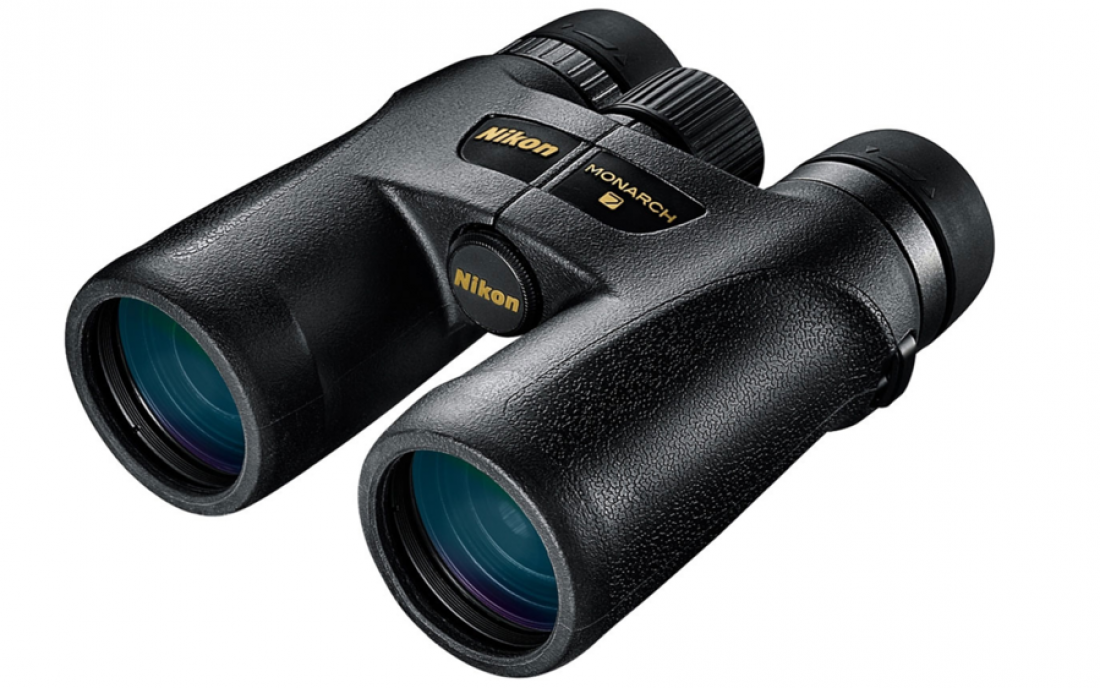
The Monarch line is Nikon’s best-selling binocular product, beloved by birders worldwide. The 7 is its top-performing model, offering a quarter of the cost of similar bins like the Zeiss Victory. It is among the lightest and smallest in the Monarch family, with a lens coating that sets it above the 5 and 3 models.
8. Vanguard Endeavor ED II 10x42
$475 – 525
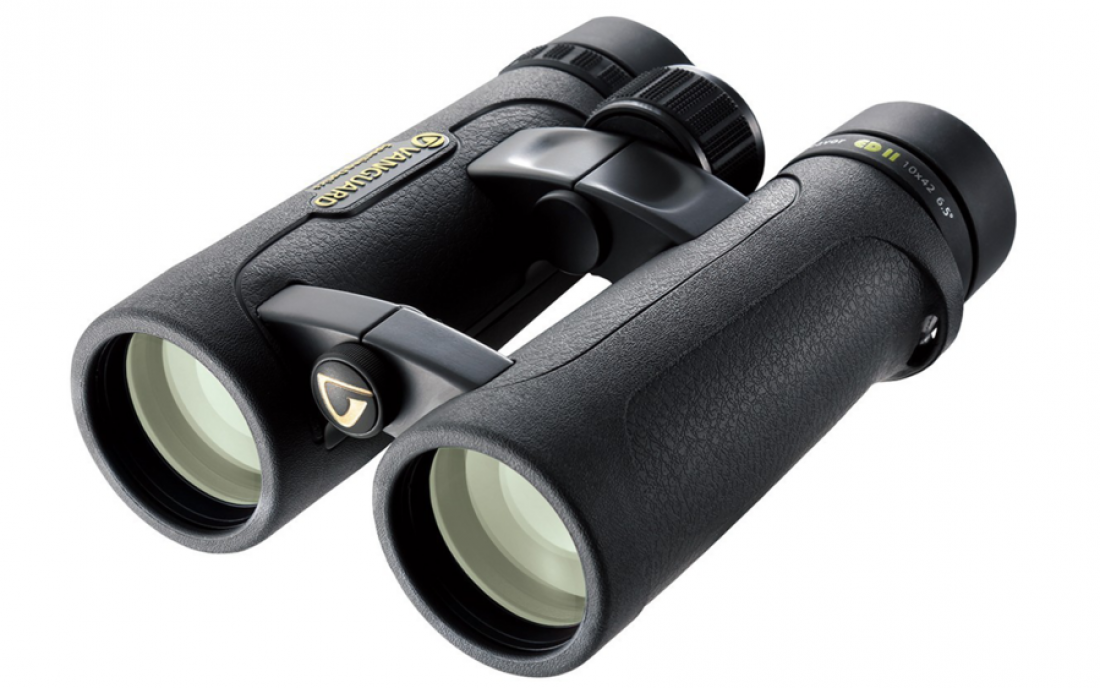
Building on the success of the award-winning Endeavor ED, the ED II offers resolution-enhancing BAK4 roof prisms with phase coatings, extra-low dispersion glass, a close focus of two meters, fully multi-coated optics, 19.5mm of eye relief, and a fog and water-proof magnesium body. Vanguard uses high-end Hoya optics from Japan for optimum clarity.
9. Leica 10x25 Ultravid BCR
$725 – 775
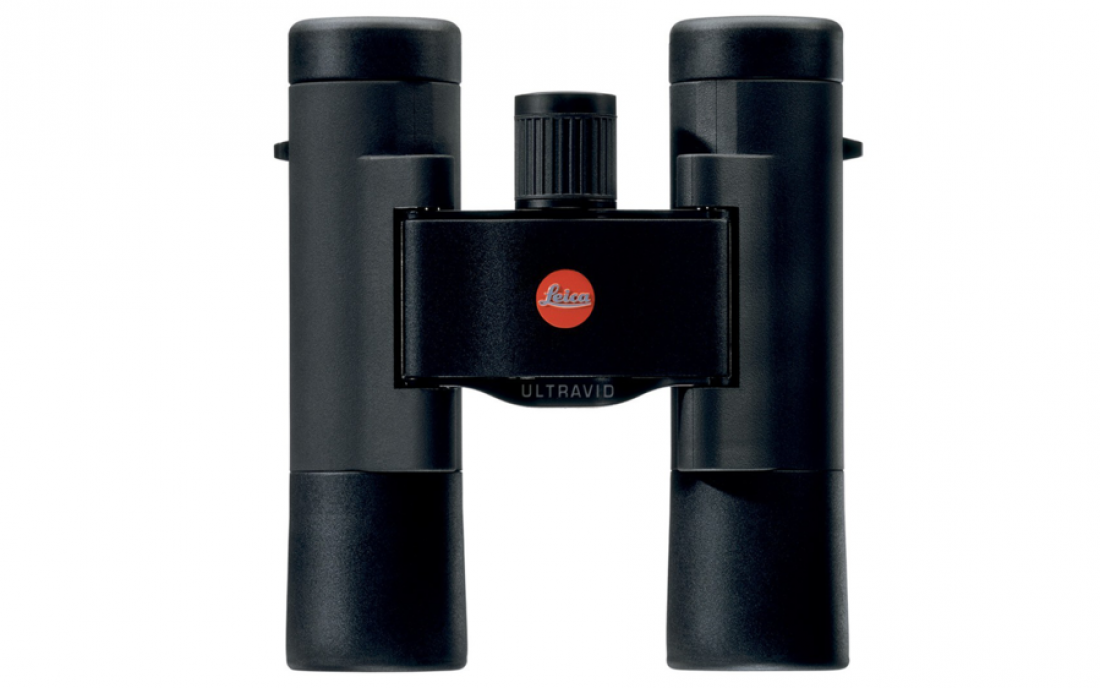
The Leica-proclaimed “reference standard,” these compact binoculars are compared to nearly every other compact model available. Despite their small size, they feature multi-coating on every air-to-glass surface, phase-coated roof prisms, nitrogen-purged waterproof housing, and internal focusing. Perfect for bird watchers who enjoy hiking.
10. CL Companion Polaris 8x30 B
$1,325 – 1,375
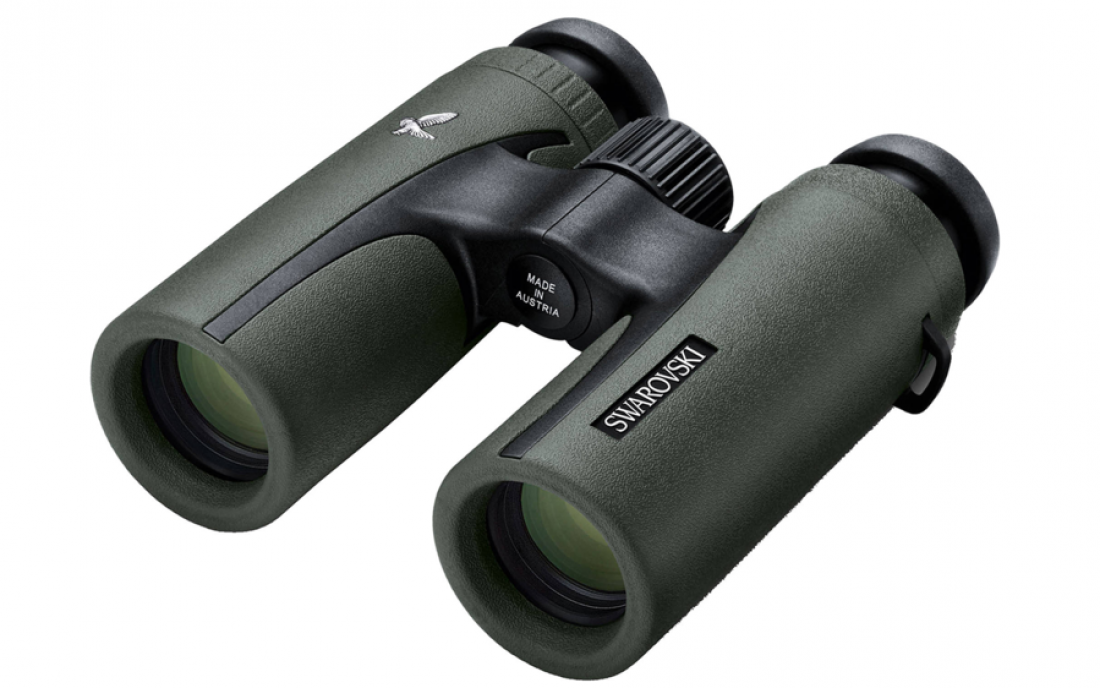
Swarovski is known for superior quality glass. The CL Companion Polaris is a great choice for bird watching hikes and trips requiring minimal foot traffic, like Arctic or Antarctic bird watching cruises. With a 124-meter field of view and 8x magnification, it weighs 17.6 ounces and has a comfortable ergonomic design, making it easy to pack for any occasion.
Blog



Polar Cuisine in Pictures
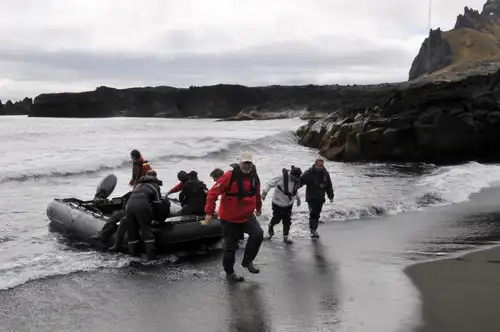
A visit to the fascinating island of Jan Mayen
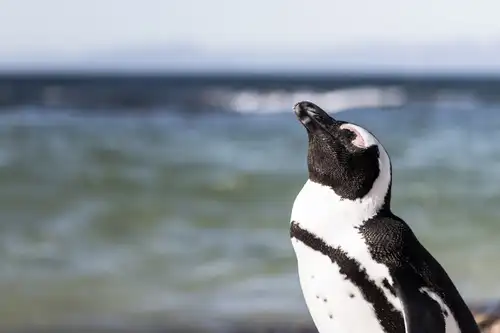
How Arctic Wildlife Differs from Antarctic

Cheapest Antarctica Cruises: How to Save on Your Journey

A Diving Dream Fulfilled

Port Lockroy: History, Post Office, and Resident Penguins

11 Seals You May See in Antarctica or the Arctic
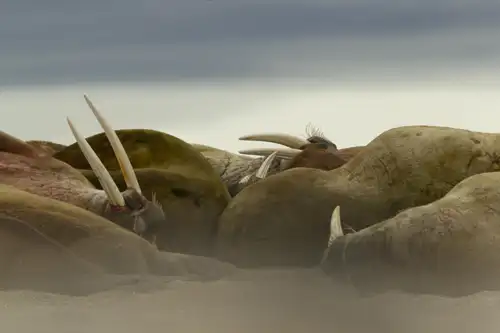
15 Toothy Facts About the Atlantic Walrus
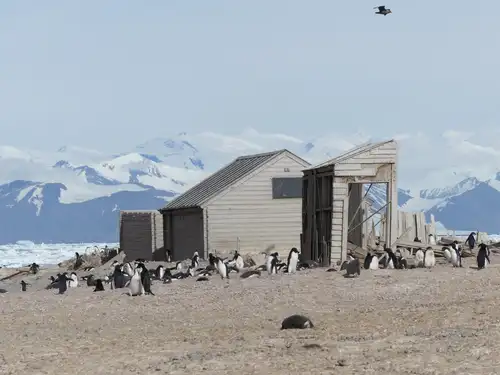
The First Buildings in Antarctica: Borchgrevink’s Historic Huts
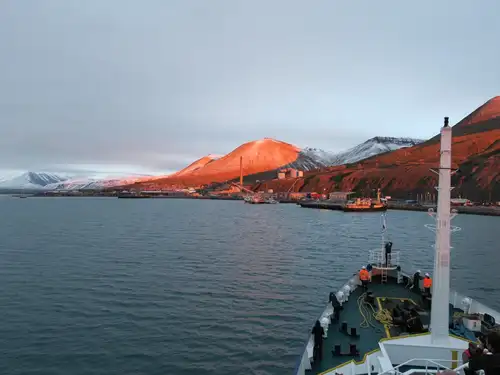
Port Pastimes: 7 Fun Things to Do in Longyearbyen
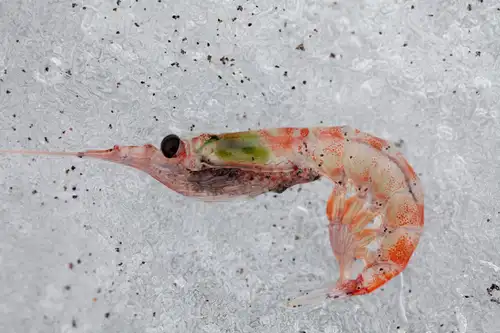
Life in the Polar Regions

Svalbard’s Texas Bar
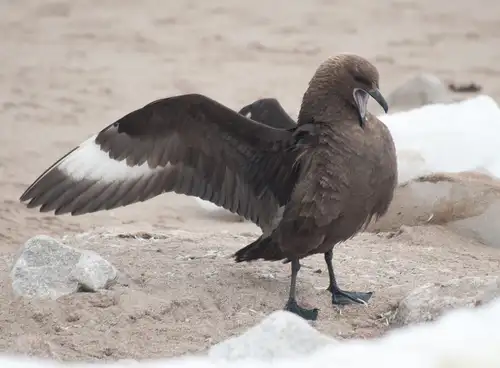
Fierce and Feathered: the Skuas of Antarctica
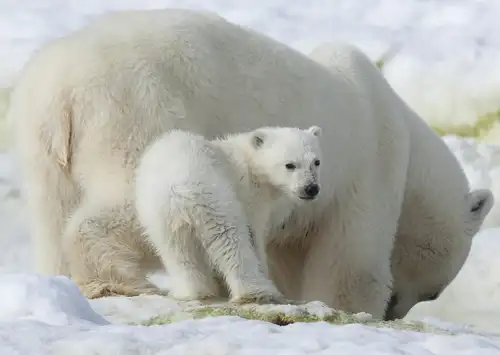
Arctic Icon: 10 Facts about the Polar Bear
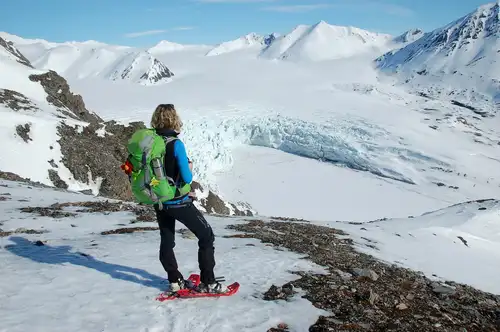
Arctic on Foot: Hiking and Snowshoeing the Far North

Greenland's History: When Vikings Ruled the Ice Age
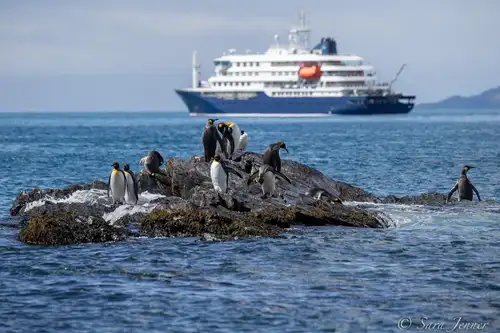
Weddell Sea, Shackleton’s Endurance, and New Swabia
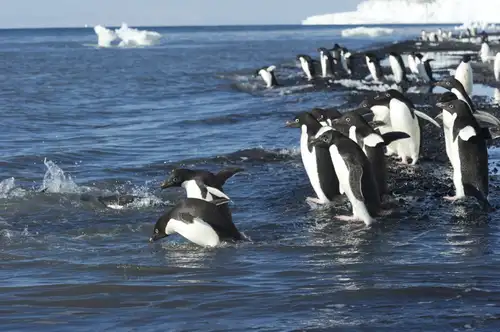
Adélie penguins in the Ross Sea - Antarctica
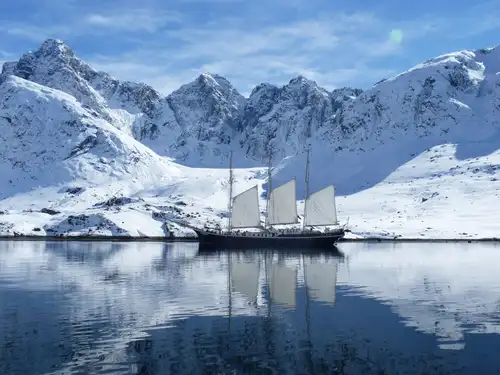
Why You Should Visit Greenland: 11 Things to See, Do, and Explore




